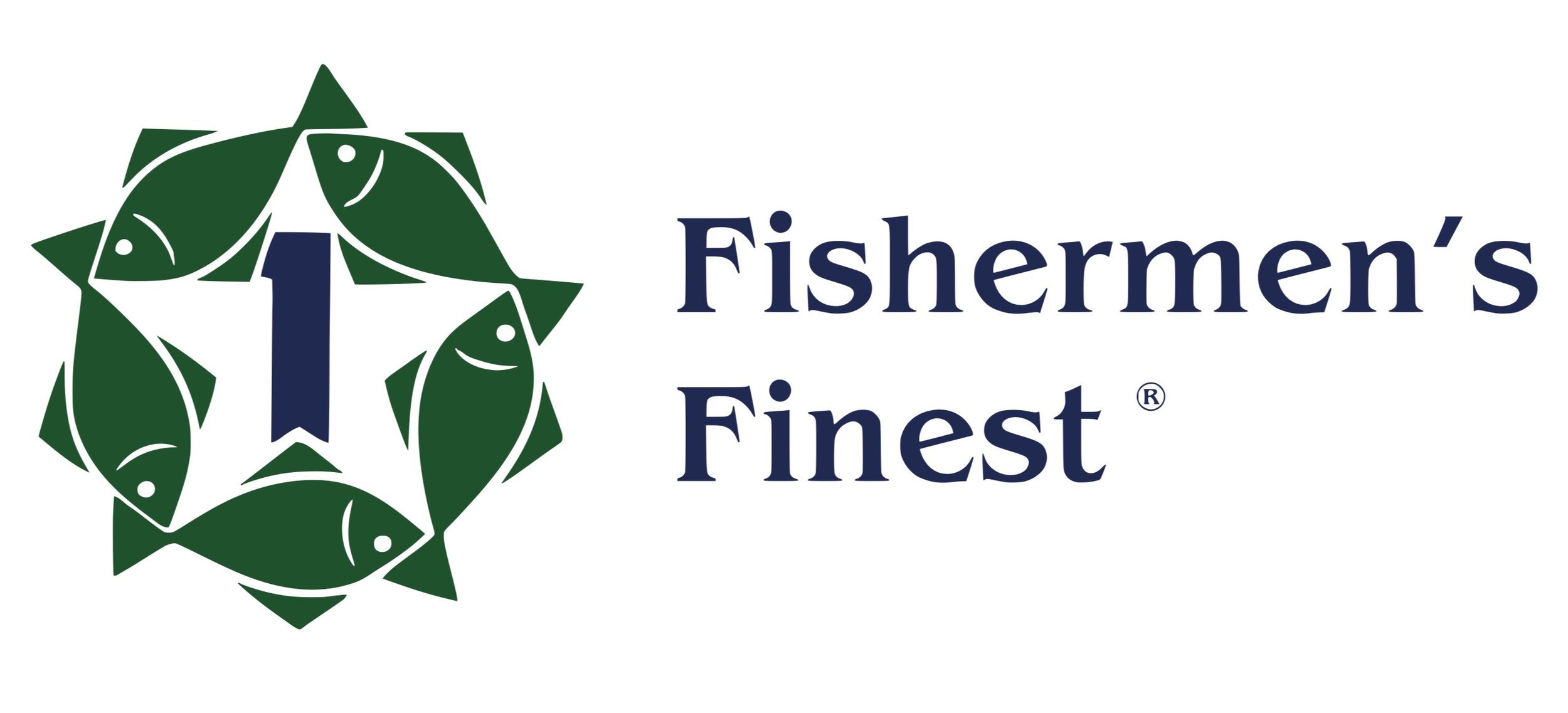ADN: John Gauvin

Halibut bycatch in Bering Sea groundfish fisheries is not a conservation issue. The abundance of small halibut -- the ones hardest to avoid in the trawl flatfish and cod fisheries -- is almost twice what it was in 2002. Additionally, halibut bycatch in the Bering Sea has been reduced by nearly 50 percent since its peak in 1992. The halibut reduction required in 2008 for the Amendment 80 sector may not have satisfied everyone, but after careful consideration, it was deemed to be "practicable" as required by the Magnuson-Stevens Act. The act doesn’t have a footnote that says, “After 20 years you can throw practicability out the window and let politics prevail,” but that is the talk coming out of Alaska right now. Aside from the legality of these actions, there appears to be little regard for the jobs in fishing, processing, and support sectors in Alaska communities that depend on the groundfish fisheries. Read ADN May 28, 2015
I feel sad for the fishermen who have welcomed me and other scientists on their boats and lent their expertise about nets, fish behavior, and better ways to handle fish on deck to reduce halibut mortality. They trusted that our collaborations would be used to improve fishing, reduce bycatch, and advise policymakers like the council to implement reasonable changes in an already challenging policy and ecology environment. I can attest confidently that progress has been made in these areas combining local knowledge and the most recent scientific data. Do these successes mean that additional large reductions in the bycatch cap, such as NPFMC proposes are practicable and warranted? All things held equal, fishermen should now have better tools to reduce bycatch given the restrictions placed on them over the years. But the “all things held equal” is an incorrect assumption when the biomass of small halibut is actually increasing. We cannot ignore this fact when considering the council’s proposed changes.
The total Bering Sea biomass was estimated to be 171,398 metric tons in 2014 according to the International Pacific Halibut Commission, using the National Marine Fisheries Service’s trawl survey. Only 3,483 metric tons of halibut mortality was recorded that year, which totals just 2 percent of the total biomass. It should be noted that in my interpretation, this estimate of halibut mortality data reflects mainly sublegal halibut sizes although some adults are caught in the NMFS trawl survey and bycatch in groundfish fisheries is mostly subadult fish. When we have bycatch affecting only 2 percent of subadult halibut, bycatch is not likely the cause for the low levels of abundance of halibut. Research shows halibut are considerably older when they reach legal size today than they were a decade ago and halibut fishery managers are stumped as to the reason why. It’s important to note that this has happened in the past, at a time when there was no large-scale fishery for groundfish that halibut fishermen could point to as a possible cause. Reducing bycatch won’t speed the growth of these abundant small halibut.
Unfortunately, excluder devices and changes in fishing practices are not the only cost to making these proposed halibut bycatch policy changes. Other fisheries may also lose reasonable amounts of the fish they are targeting. Even with improvements made to halibut excluders, which prevent halibut, but not smaller fish, from taking bait, they still let out 20-30 percent of the target catch with the halibut. Boats also lose fishing time and burn fuel moving away from halibut, doing small tows to look for clean fishing grounds. These are all reasonable costs, but they are real costs already being paid by this fleet.
The recent establishment of a bycatch cap for salmon in the Gulf of Alaska trawl fisheries was touted as “creating a good incentive for those fisheries to avoid salmon.” This past year, despite a lot of effort to reduce salmon bycatch, the cap was hit in April and the flatfish and cod fisheries in the Gulf were shut down for the year. These shutdowns cause havoc to the economy of Kodiak, one of the premier fishing ports in America and a major employment hub for the industry. Fishermen, processors, and support industries suffer. Kodiak Island Borough has requested emergency action to increase the cap to address the problem. Will Dutch Harbor, the major port for the groundfish industry in the Bering Sea be the next victim of a bycatch management campaign that has thrown the consideration of practicability to the wind?
The tradeoffs aren’t simple and should be examined carefully. A big cut will have serious economic consequences not just for this fleet, but also for the Alaska communities it supports. Given what has already been done, I am dumbfounded that anyone could see a big cut as a victory.
John Gauvin is cooperative research director for the Alaska Seafood Cooperative, a coalition of Washington-based catcher-processor companies that fish for multiple species year-round in the Bering Sea, Aleutian Islands, and Gulf of Alaska. He directs readers interested in more information about bycatch to www.bycatchfacts.org, a publication of the Groundfish Forum, a trade association.
Read more on this issue as compiled by Fishermen's Finest C2 NPFMC 223rd June/Sitka
